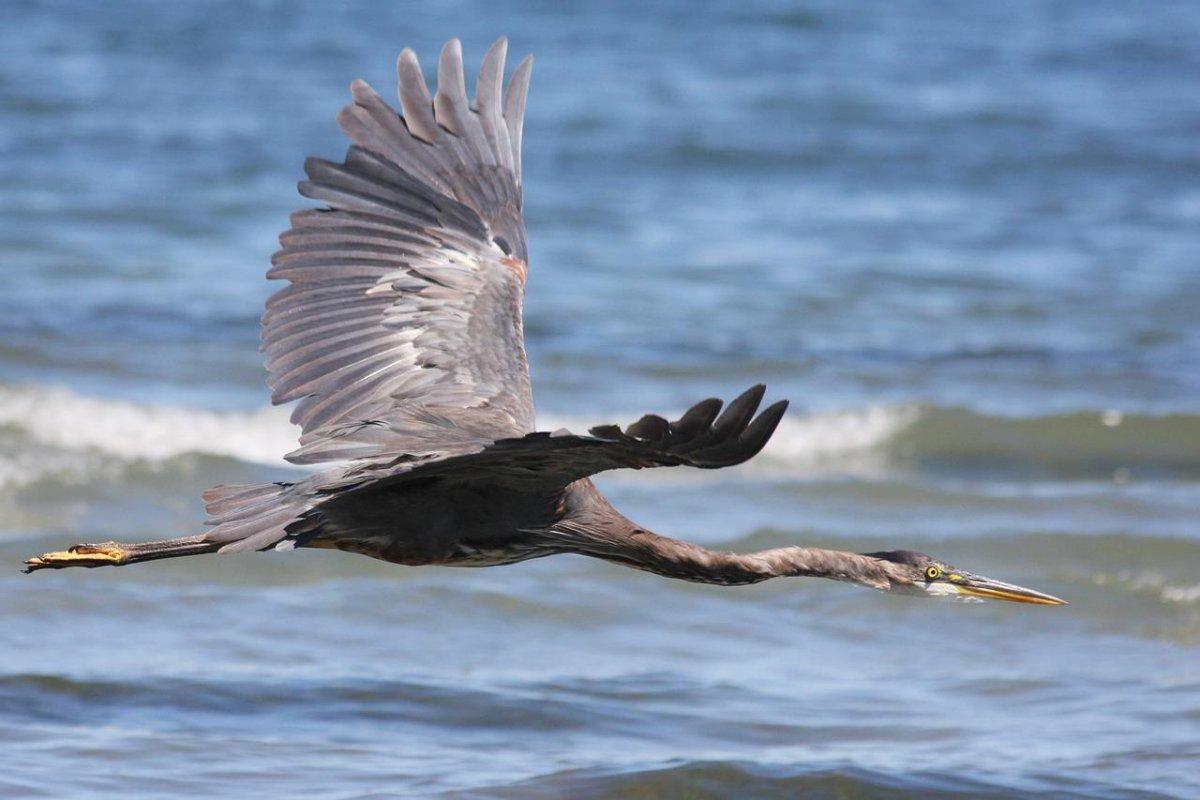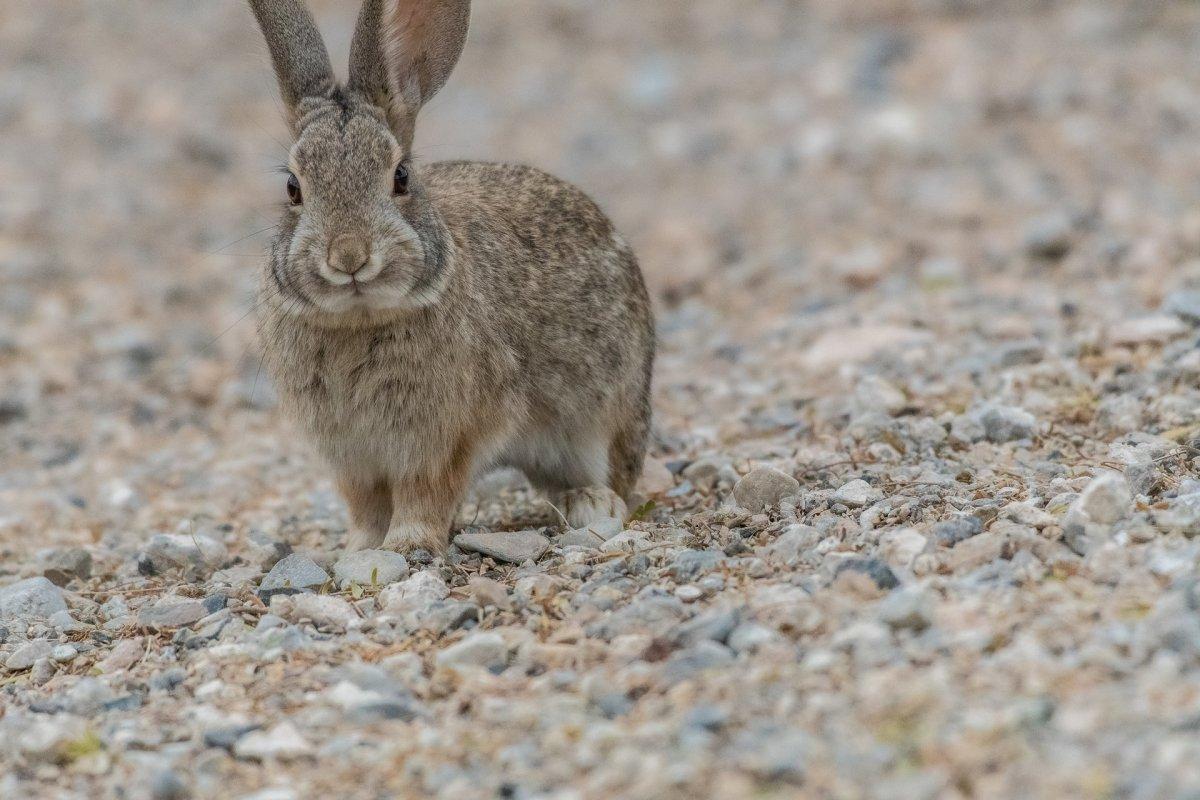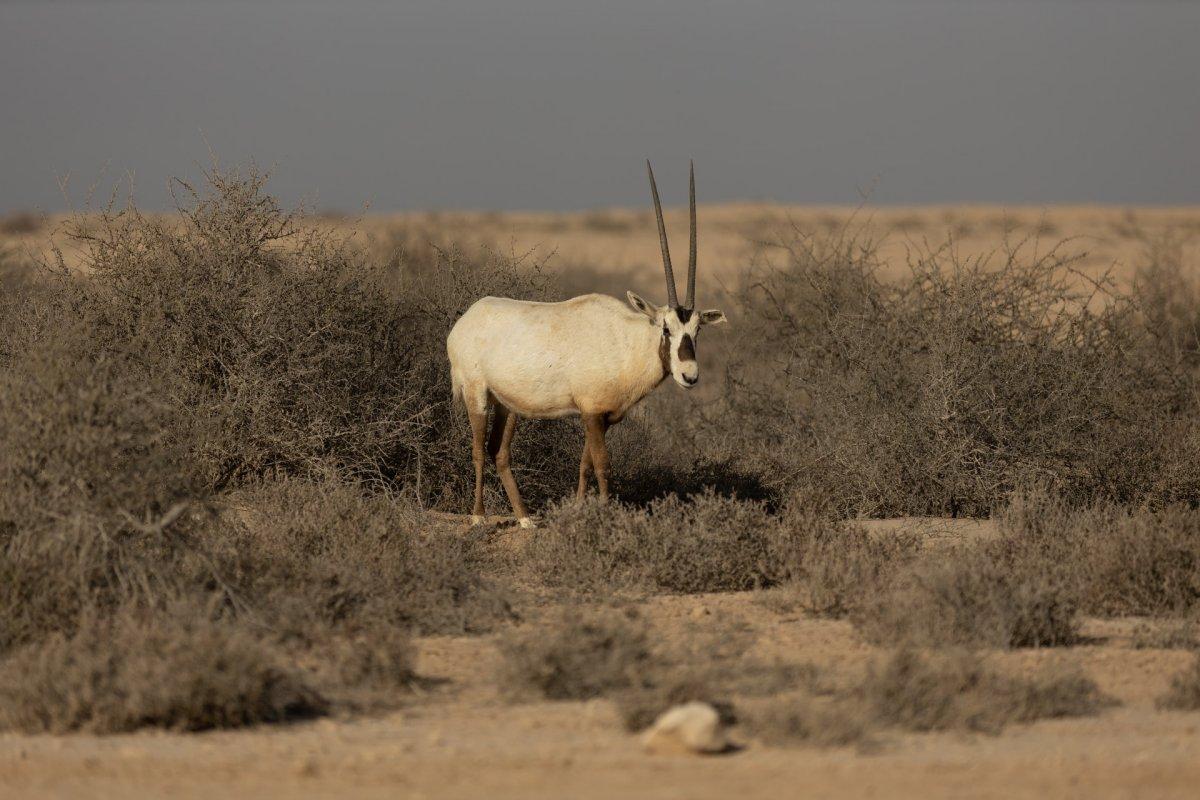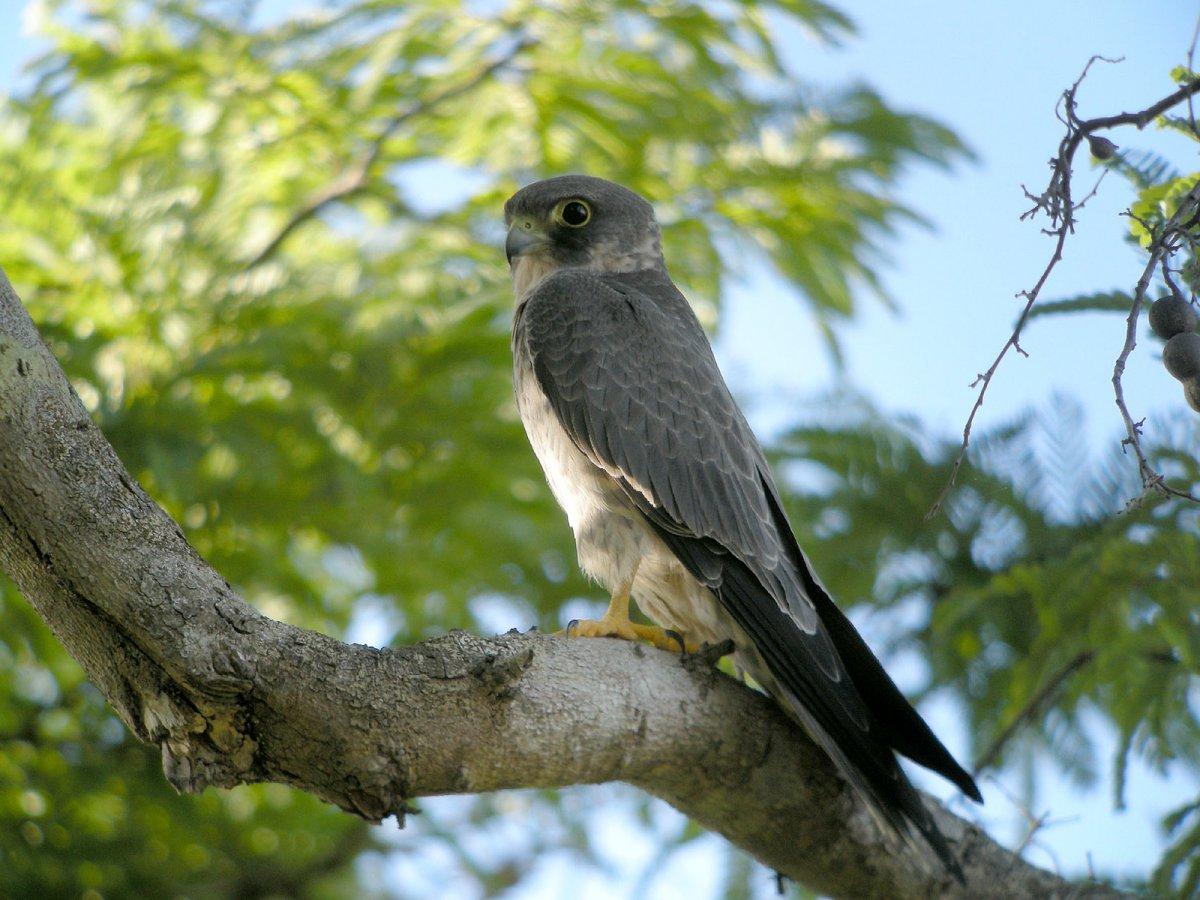10 Wild Animals in Bahrain [Wildlife in Bahrain]
Want to know more about wildlife in Bahrain?
Discover 10 wild animals in Bahrain in this post, as well as interesting facts about them. 🇧🇭
TABLE OF CONTENTS [show]
Learn All About Bahraini Animals
Ready to learn all about Bahraini animals?
I’ve always been fascinated by animals, and by how they can be so different from one country to another. In this guide, we’ll focus on the many animals Bahrain has on the land, in the sky, and under water.
I’ve split the guide into 4 categories:
- Native animals from Bahrain
- Endangered animals of Bahrain
- What is the national animal of Bahrain?
- How many animals native to Bahrain?
Let’s dive in right away with our first category!
Native Animals from Bahrain
Bahrain is an island country located in the Persian Gulf. It is made of 50 natural islands and 33 artificial ones, with one main island, Bahrain Island. It is surrounded by Saudi Arabia and the Qatari peninsula, and its capital city is Manama, which counts more than 200,000 inhabitants (but more than 534,000 if you include the metropolitan area).
An interesting part of the country that I wanted to tackle is its wildlife. In light of that, I have listed the best of it, and I hope you will love learning what animals live in Bahrain.
Here’s the Bahrain animals list.
1. Western reef heron

- Name: Western reef heron
- Scientific name: Egretta gularis
- Conservation status:
The western reef heron is a medium-sized bird that inhabits southern Europe, Africa, and parts of Asia, including Bahrain. Its plumage is either dark gray or all-white, and its bill has a yellow tint. Interestingly enough, the legs and facial skin become reddish.
This heron likes to stalk its prey in shallow water. It uses its feet, bill, and wings to hunt, in order to run, stir the water and disturb the prey.
2. Socotra cormorant

- Name: Socotra cormorant
- Scientific name: Phalacrocorax nigrogularis
- Conservation status:
The Socotra cormorant is a species of cormorant endemic to the Persian Gulf. Its name comes from the fact that it breeds on the Socotra islands in the Indian Ocean, and it can migrate as far as the Red Sea coast, but not further away.
We don’t know much about this species’ diet, but similarly to other cormorants, it dives for its food. Its global population is sadly on the decline due to coastal development and marine pollution.
3. Dugong

- Name: Dugong
- Scientific name: Dugong dugon
- Conservation status:
The dugong is a marine mammal you might have never heard of. It can be found throughout around 40 countries in the world, around seagrass areas on which it largely depends. It has been hunted for thousands of years for its oil and meat and is still hunted in northern Australia and in the Pacific Islands.
Dugongs love warm coastal waters overall, and their largest population is situated in Australia.
4. Goitered gazelle

- Name: Goitered gazelle
- Scientific name: Gazella subgutturosa
- Conservation status:
The goitered gazelle, also known as the sand gazelle, is a species of gazelle that can be found in several western Asian countries, as well as in the Middle East. Its scientific name comes from the fact that males have a larger neck and throat during their mating season!
These gazelles run at very high speed, but without leaping like other gazelles. They are polygynous species and mate at the beginning of winter.
5. Asian house shrew

- Name: Asian house shrew
- Scientific name: Suncus murinus
- Conservation status:
The Asian house shrew is a small species of shrew, and it is considered an invasive species due to its negative impact on several island lizard species. Its fur is gray, and it has short legs with clawed toes.
This shrew is native to South and Southeast Asia, but it was artificially introduced in eastern Africa, the Middle East, and the Philippines, among other countries. Besides, it is a nocturnal animal that feeds on insects, and that is very voracious.
6. Cape hare

- Name: Cape hare
- Scientific name: Lepus capensis
- Conservation status:
The Cape hare, also known as the desert hare, is a species of hare native to Arabia, Africa, and India. It was described by Carl Linnaeus in 1758, and it usually lives in grassland and semi-desert areas.
This hare is nocturnal and feeds on shrubs and grass. Like other hares, it uses coprophagy, the process of consuming its own fecal matter to double the amount of time food spends in the digestive system.
7. Desert hedgehog

- Name: Desert hedgehog
- Scientific name: Paraechinus aethiopicus
- Conservation status:
The desert hedgehog is one of the smallest hedgehogs on the planet, usually measuring from 14 to 28 cm (5.5 to 11 in). It differs from other species with its dark muzzle. Similar to other hedgehogs, it rolls up into a ball and has its quills stick out of its body in all directions when threatened.
Desert hedgehogs are not currently threatened thanks to their tolerance of habitat modification, and they are not majorly threatened by anything. Predators have a really hard time catching one of them!
8. Naked-rumped tomb bat
- Name: Naked-rumped tomb bat
- Scientific name: Taphozous nudiventris
- Conservation status:
The naked-rumped tomb bat is a species of bat native to the Middle East, northern Africa, and southeastern Asia. It usually inhabits forests, caves, arid areas, and dry savanna.
These bats feed on insects (mostly beetles, crickets, and cockroaches), and fly high and fast. They become active right after the sun sets, and are preyed on by owls and hawks. Despite this, their global population remains stable and they are not endangered for now.
9. Lesser Egyptian jerboa
- Name: Lesser Egyptian jerboa
- Scientific name: Jaculus jaculus
- Conservation status:
The lesser Egyptian jerboa is a very small rodent that can be found in many countries, despite its name. It lives throughout the entire Sahara Desert, and into the Middle East, including Bahrain.
Its diet is made of seeds and grasses, and it has unusually large legs that it uses to hop around and cover long distances. It lives in burrows in the desert, which it digs with its forelimbs and teeth. Interestingly enough, it is always dug in counterclockwise spirals!
10. Sooty falcon
- Name: Sooty falcon
- Scientific name: Falco concolor
- Conservation status:
The sooty falcon is a medium-sized falcon that can be found in several spots, from northeastern Africa to southwestern Asia. It particularly loves the Persian Gulf region, where Bahrain is located.
It is a long-distance migrating animal and usually spends the winter in southeastern Africa and in Madagascar. Its diet is mainly made of other birds, but it can also occasionally eat insects mid-flight. It is currently listed as vulnerable due to human disturbance on breeding islands.
—
So there was my top 10 list of animals in Bahrain. I hope you enjoyed this list and that you learned something new today.
In case you want to learn more about animals in the country, feel free to keep reading, as I still have lots of things to tell you about:
Endangered Animals of Bahrain
This is definitely the saddest part of the list, but it is very important to raise awareness. Because of this, let’s go through the list of endangered animals in Bahrain.
Here are the animals in danger of extinction in Bahrain.
- None
- Halavi guitarfish
- Sociable lapwing
- Hawksbill turtle
- Great hammerhead
- Whitespotted wedgefish
- and 8 more…
- Gray reef shark
- Steppe eagle
- Whale shark
- Saker falcon
- Zebra shark
- and 14 more…
To see the full list of endangered species in Bahrain, head over to the International Union for Conservation of Nature’s Red List.
What is the National Animal of Bahrain?
The national animal of Bahrain is the Arabian oryx.
The Arabian oryx, also known as white oryx, is an antelope with long and straight horns. It is native to the desert of the Arabian Peninsula, and it was extinct in the wild at the beginning of the 1970s. It was later reintroduced thanks to zoos and private reserves and is now listed as vulnerable.
It has an important part in Arabic mythology, being related to the one-horned unicorn. Because of this, it is also the national animal of Jordan, Qatar, Oman, and the United Arab Emirates.

How Many Animals Native to Bahrain?
What is the diversity of native animals in Bahrain?
Let’s look at the total number of species of Chordata (mammals, birds, fishes, and reptiles).
Total number of animal species in Bahrain: 747 (4,927 in total in West and Central Asia)
More About Animals in the World!
Loved these Bahrain animal facts? Want to see what animals live in other countries?
Then check out these posts:
Or click here to see ALL the facts up on the blog! Spoiler alert: there’s A LOT of them.
Share the knowledge! Click on the buttons below to share information about these famous animals in Bahrain with your friends, and help them learn more about the world 🙂



![35 Wild Animals in Colombia [Wildlife in Colombia]](https://www.kevmrc.com/wp-content/uploads/2022/07/35-wild-animals-in-colombia.jpg)
![17 Wild Animals in Siberia [Wildlife in Siberia]](https://www.kevmrc.com/wp-content/uploads/2022/10/17-wild-animals-in-siberia.jpg)
![15 Wild Animals in Barbados [Wildlife in Barbados]](https://www.kevmrc.com/wp-content/uploads/2022/08/15-wild-animals-in-barbados.jpg)